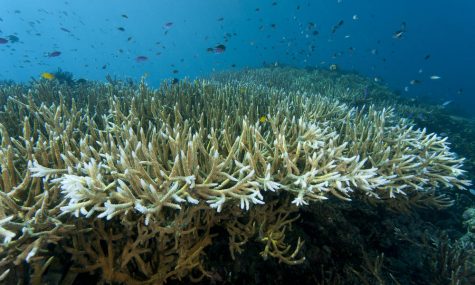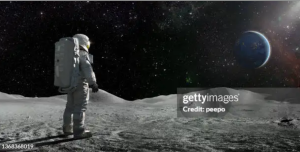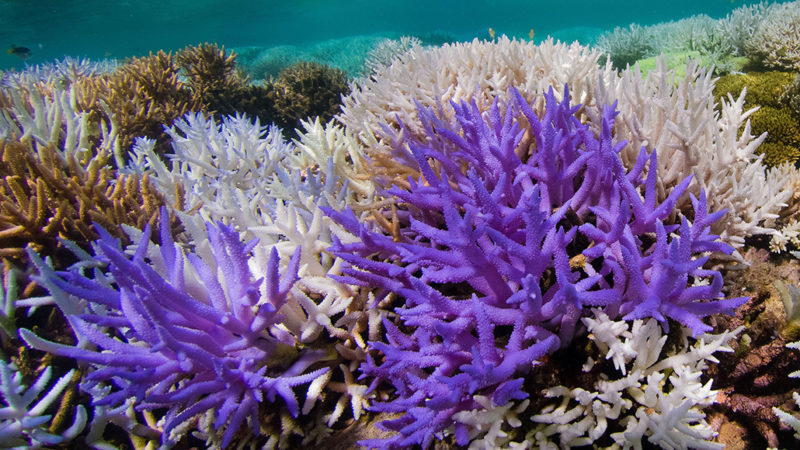Hope for Our Corals
September 10, 2020
In 1983 after a strong El Niño season, the unprecedented discovery of coral bleaching was made. And since this discovery, it’s only become more prevalent as many world leaders have turned a blind eye on on the global bleaching crisis. Viruses, pollution, and warming ocean temperatures have plagued corals in recent years. However, a recent study expedited by researchers from the University of Southampton in the UK shows that corals are turning to what is believed to be a last resort survival tactic.
Spotted a decade ago, scientists were stumped as to why corals were turning vibrant neon hues of bright purple, pink, and orange. But due to the recently released study that took close to nine years to complete, researches are confident that the colorful bleaching allows for the coral to be protected from the sun’s harsh rays. In other words, the bursting colors upon the impacted corals act as a sunscreen in a last ditch effort to survive.
When a coral is faced with warming water, healthy algae that resided inside its tissues in a symbiotic relationship with the coral flee as soon as the water hits even 1 Celsius above its normal temperature. This phenomenon is called bleaching and in the process of the bleaching of a coral, some are turning to displaying vibrant colors in their last effort to survive.
“Our research shows colorful bleaching involves a self-regulating mechanism, a so-called optical feedback loop, which involves both partners of the symbiosis,” lead researcher professor Jörg Wiedenmann of the University of Southampton said in a press release.

According to the National Oceanic and Atmospheric Administration our oceans have warmed 0.22 degrees Fahrenheit per decade since 2000, placing the total warming range around 4.4 degrees Fahrenheit, which is not good for the ocean’s ecosystem whatsoever.












